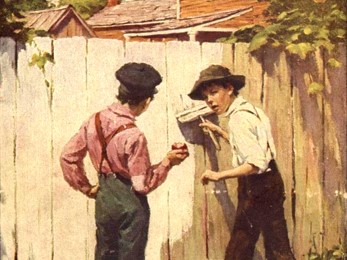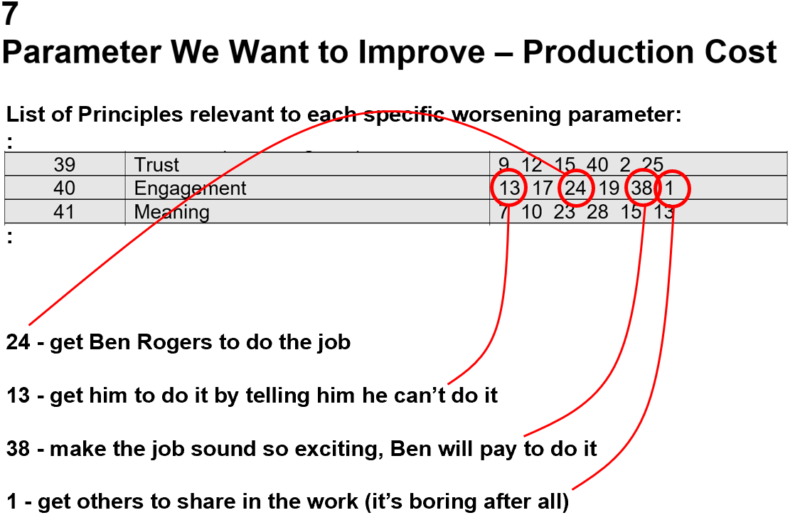
Tom Sawyer: No, no, I reckon it wouldn’t hardly do, Ben.
You see, Aunt Polly’s awful particular about this fence
– right here on the street, you know –
but if it was the back fence I wouldn’t mind.”
1876 saw publication of Mark Twain’s classic, The Adventures Of Tom Sawyer. It was a book ahead of its time. Managing to pull off the rare feat of being both a rattling good read while also being filled with meaning and symbolism. It was a story about the titular mischievous young boy, who wittingly tricked his way to get everything he wanted.
One of the most prominent scenes in the book is the “fence scene”, where Tom Sawyer was tasked by his Aunt Polly to whitewash their fence as a punishment for a prior mischief. Tom Sawyer, being young, wished he could play instead, naturally. Ben Rogers, one of his friends saw him doing this job and did his best to ridicule the boy for his penance.
Most people would bow their heads and take it in the chin. But Tom Sawyer not only turned the situation around, he spun it like a top on his palm. At the end of that day, a dozen boys painted the fence for him while he played to his heart’s desire. Not only that, but he also convinced the willing volunteers to pay him for the privilege.
The fence scene makes for a lovely ‘people’ contradiction example: Tom is forced to paint the fence, but painting fences is a dull, tedious job. Here’s what the conflict looks like when mapped onto the Business Matrix:

The overall life lesson being that there are no dull, tedious jobs. Or, as Mark Twain put it, “work consists of whatever a body is obliged to do. Play consists of whatever a body is not obliged to do.” Every job is an opportunity to tap into an intrinsic motivation. Every job is an opportunity for a (Principle 13) breakthrough solution.
